Robotics implies everything about robots. It allows robots to perform a variety of tasks to ease human lives. The robots used by Amazon can process 1000 items per hour, which is a remarkable achievement. It demonstrates how robots can maximize efficiency across a variety of domains around the globe. This branch is fascinating and equally complex to understand.
Let’s explore the basic groundwork behind robotics.
What is robotics
As previously stated, robotics deals with all sorts of things related to robots including design, configuring, manufacturing, etc. They act as a medium that controls the physical reality by executing different types of jobs. They comprise sensors and effectors. Effectors are the accessories like legs, joints, arms, etc., that exert physical forces on the surrounding. Sensors enable robots to sense their environment. It is done with the help of lasers and cameras to estimate the surrounding conditions. Additionally, they are equipped with accelerometers and gyroscopes to measure motion.

There are three fundamental classes of robots:
Mobile robots
They use different mechanisms like legs, wheels, etc., to enable movement. Their applications range from cleaning the floor at home to space exploration. UGVs (unmanned ground vehicles) are self-driving cars that are capable of driving on roads and highways. NASA’s planetary rovers are a popular example of mobile robots. Unmanned air vehicles (UAVs) are often utilized for surveillance, crop-spraying, and defense applications. The exploration of deep seas is performed by autonomous underwater vehicles (AUVs).
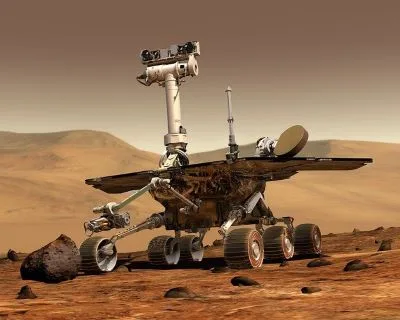
A Canadian robotic firm, Avidbots, has managed to grab $70 million for manufacturing cleaning robots.
If you want to learn more about space explorations, refer to 8 stunning discoveries made by Hubble Telescope.
Robot arms (manipulators)
These are mostly used in industries. Typically, manipulators have multiple joints that allow them to move their effectors anywhere within the workspace. Approximately one million units are installed in various companies worldwide. Tesla is planning to hire 1000 robots in its factories.
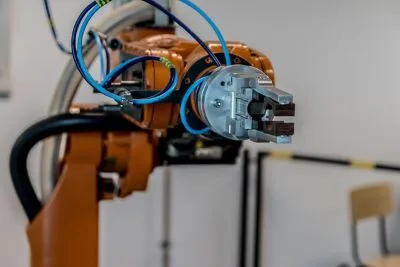
Read more, top 9 automation facts that are transitioning the world.
Mobile manipulators
These are the combination of the first two types. In robotics, another area of endeavor is prosthetic devices (artificial limbs, ears, eyes, and intelligent environments) and multibody systems, where multiple cooperative robots are engaged in action. The robot environment is often sequential, as well as multi-agent. Several factors contribute to their inability to see around corners, including gears slipping and friction. Furthermore, the real world cannot operate faster than in real-time. Using simple algorithms, millions of trials can be learned in a few CPU hours in a simulated environment. Real-world trials might take years to complete. Providing prior knowledge about the robot, its environment, and the desired tasks will enable systems to learn quickly and perform safely.
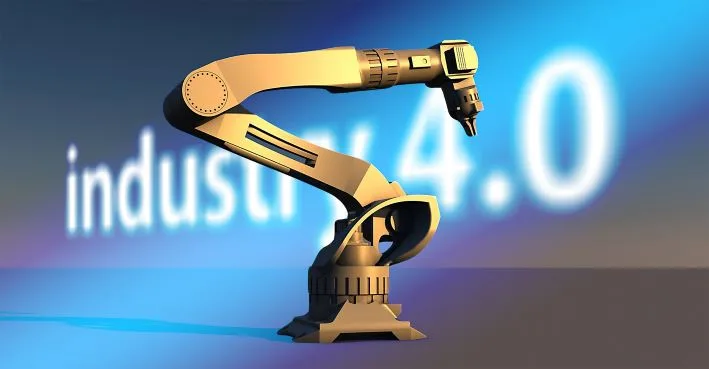
Refer to the article on how artificial intelligence is enhancing the globe to learn various aspects of robotics.
Components involved in making robots
Sensors
Sensors are primarily active and passive. Passive ones scan the surroundings and capture signals, for example, cameras. On the other hand, active ones pass energy to the atmosphere which is reflected back to sensors. Active sensors deliver more detailed information as compared to passive sensors. However, multiple active sensors can cause interference and excess power consumption if used concurrently.
Location sensors
These sensors use range sensing to specify the location. GPS (global positioning system) is used in satellite navigation. Currently, 31 satellites transmit signals from orbit at numerous frequencies using GPS. They can determine their absolute location from the earth within a few meters. An ideal differential GPS incorporates a second ground receiver with a known location, resulting in millimeter-level accuracy. GPS doesn’t work indoors or inside water.
Range finders
These sensors calculate the span of neighboring objects. Consider, for example, SONAR which emits sound waves that are reflected back into the sensor. Their intensity and duration signify the required distance.
Robots use optical range finders that emit light and count the time it takes for the light to reflect. Consider a time-of-flight camera that captures 60 images per second. Some sensors use laser beams and special cameras that can be controlled using rotating parts or mirrors. Scanning LIDARS (light detection and ranging) is a classic example of this kind of sensor. LIDAR is not only feasible for robots but also for multiple applications across the globe. They have wider ranges and can operate in daylight as well. For UAVs, RADAR (radio detection and ranging) is preferred.
Tesla has recently launched Tesla Robot Optimus which can do all the mundane tasks effortlessly.
Proprioceptive sensors
These sensors notify robots about their motion. In robotics, motors often have shaft decoders that count the revolutions of motors in small increments to determine the precise configuration of a joint. Shaft decoders can also measure the distance traveled (odometry) on mobile robots. But this is correct for small lengths due to drifting and slipping of wheels.
In AUVs and UAVs, outer powers such as currents and winds raise positional uncertainty. This can be minimized by using inertial sensors like Gyroscopes. A few additional factors are determined by torque and force sensors. It is crucial when robots handle objects of unfamiliar forms and areas. Force sensors help robots to perceive how heavy it is to lift the material, while torque sensors enable them to feel the shifting from one container to the other.
Effectors
An effector is a mechanism that allows robots to move and adjust their shapes. Detailed analysis of robot poses is necessary to comprehend the design of legs, hands, and all other actuators. Robots with rigid and non-rigid bodies should be understood by their degree of freedom. A statistically and dynamically stable design can guarantee effectiveness in robots.
For a complete robot to function, its effectors need power. The widely used resource is an electric motor. Nowadays, hydraulic actuation using pressurized fluids and pneumatic actuation using compressed gas is also becoming mainstream.
Robotics is a niche for healthcare, entertainment, industries, personal services, exploration, augmentation, etc. With improvements in mapping, localization, and object recognition, this can be a real boon.
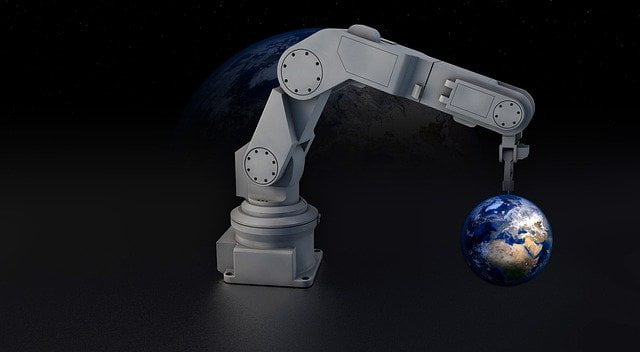
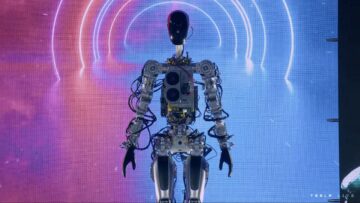

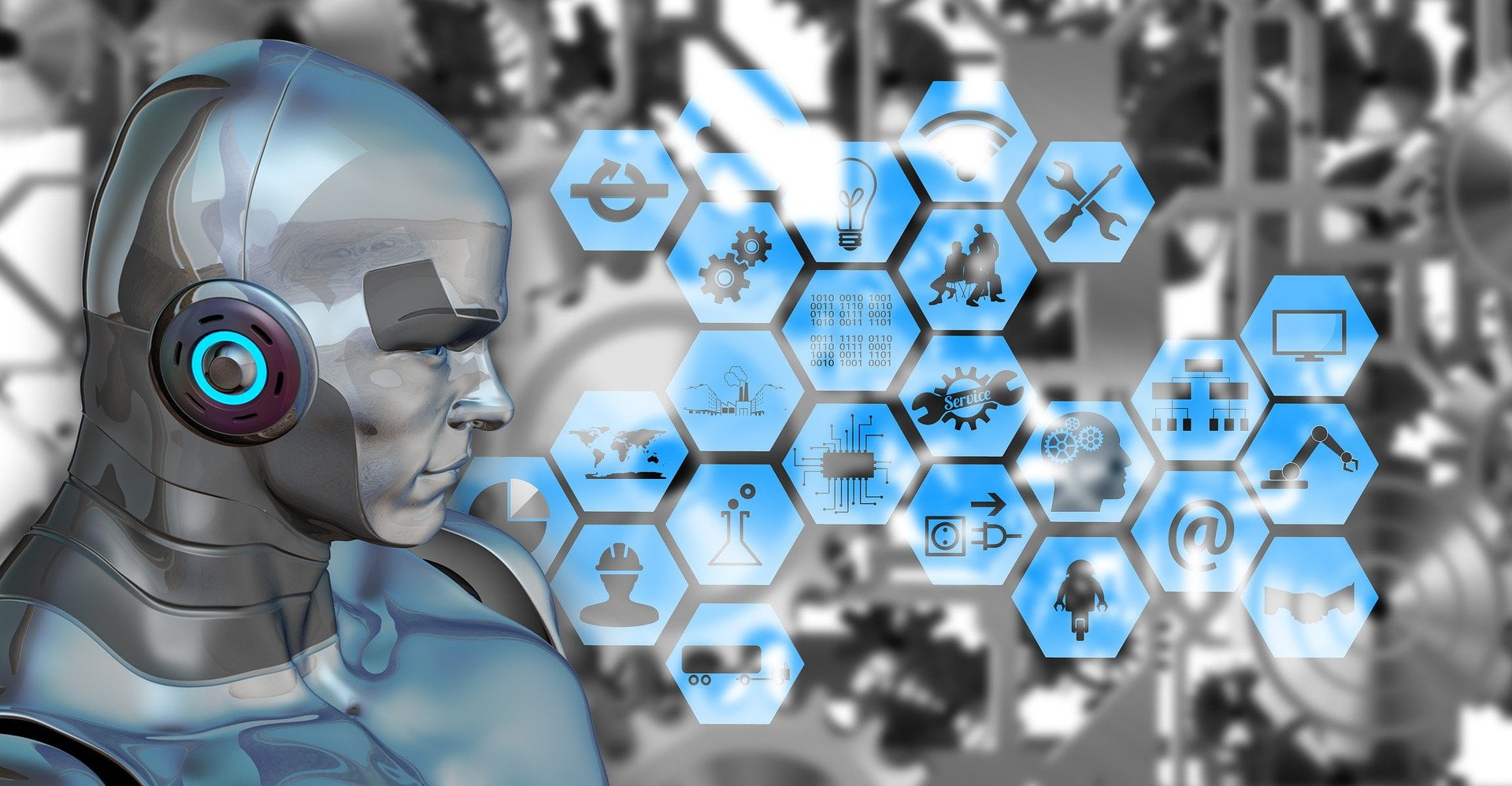
[…] automating digital tasks. It is a software technology that creates, places, and controls software robots that emulate human actions digitally. It is simple to show them the desired action, and they will […]
[…] is expected that surgical robots, known as MIRA could board the ISS to accompany astronauts for the zero-gravity testing mission in […]
[…] fascinating field of AI concentrates on creating and building robots. Robotics means the science that designs, manufactures, functions, and utilizes robots. It is […]
[…] can achieve huge productivity gains through the deployment of billions of sensors, programmable robots, and autonomous logistics, which can all communicate and operate remotely through 5G. Evolution and […]
[…] Read more, about how to build robots using two fundamental elements. […]
[…] a few mundane tasks? Don’t get confused with the word robotic, as it doesn’t deal with physical robots. RPA is simply a process that uses Artificial intelligence and machine learning capabilities to […]
[…] to our article, on how to build robots using two fundamental elements to learn more about sensors and […]